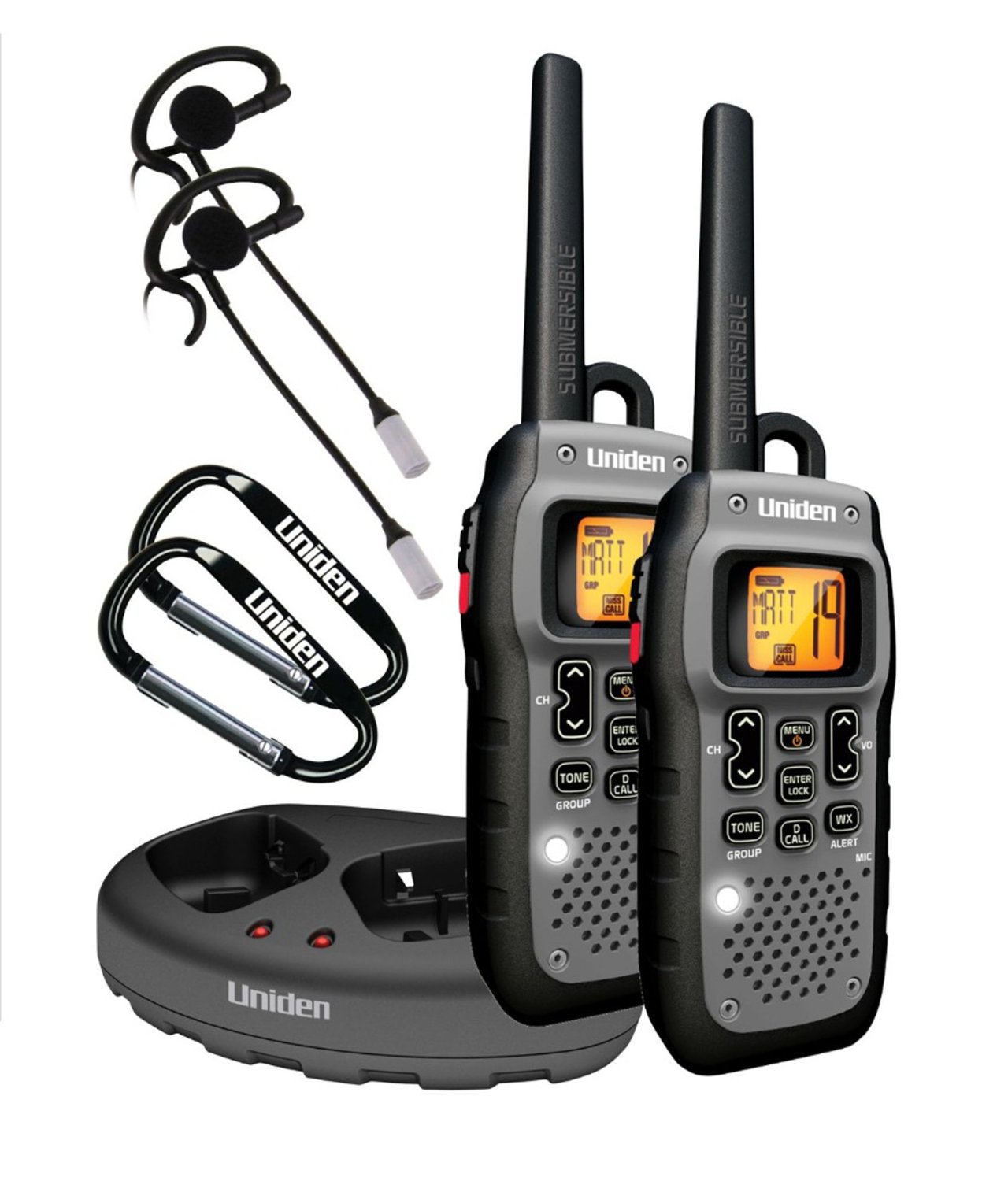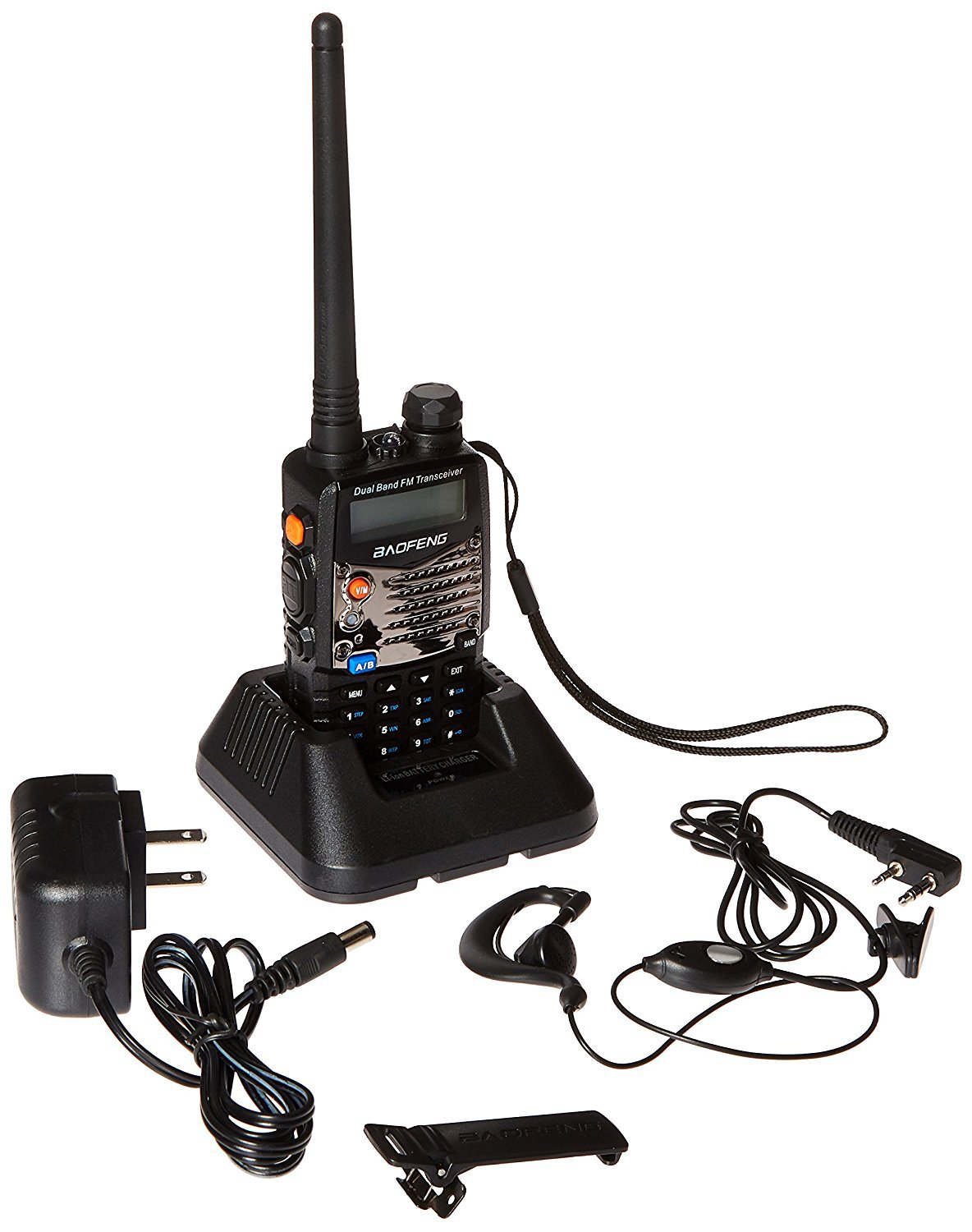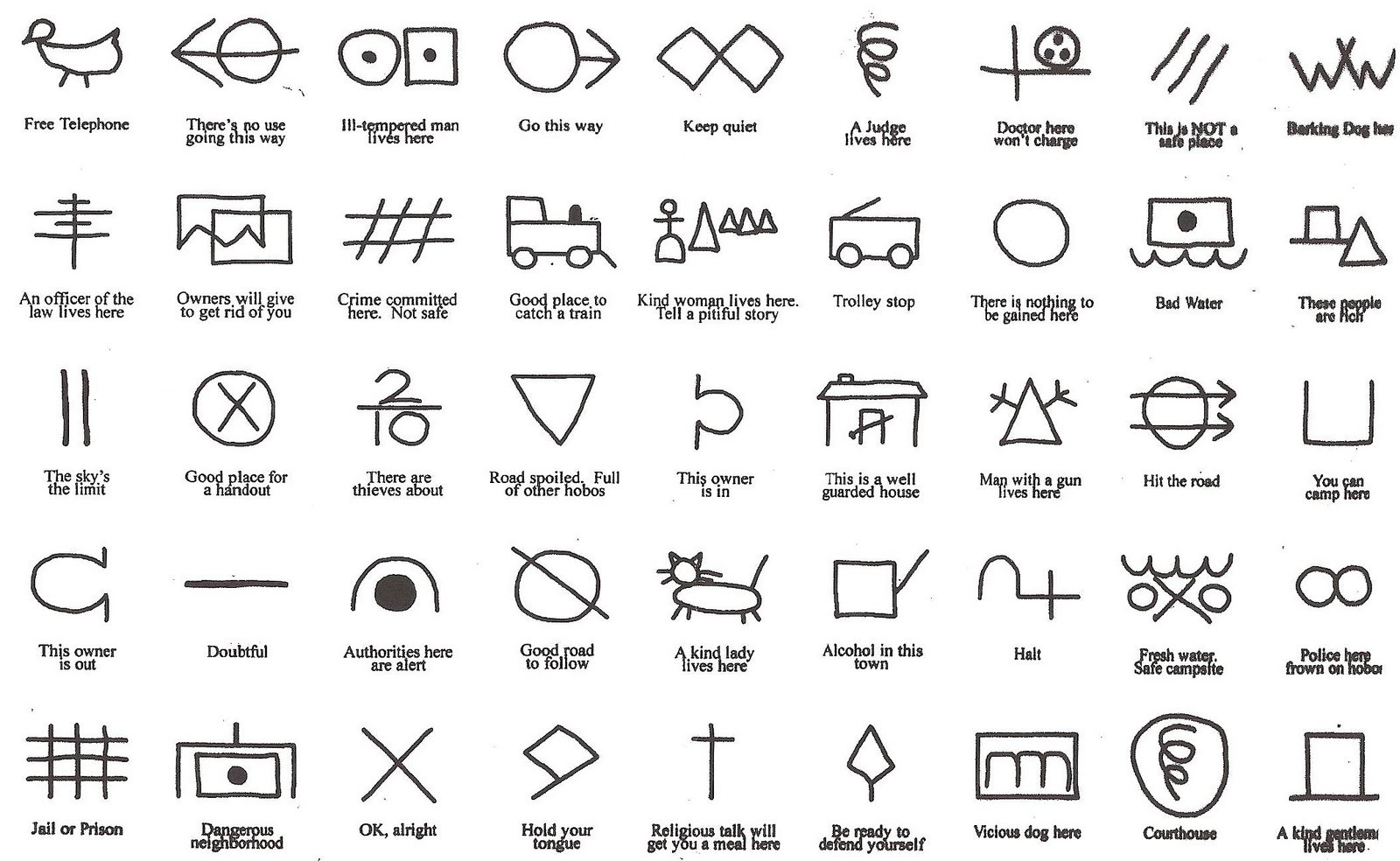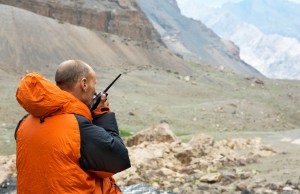
Communication is imperative in survival situations. This article attempts to cover some of the basic pros and cons of various forms of communication and introduce the reader to some additions that should prove helpful in crisis and bug-out situations.
TWO WAY RADIOS: can come in handy when a group is out of direct visual range, they are simple to use and relatively lightweight. However, they can also give away your position. Not only are they noisy but the messages can be intercepted, and interference created.
CB RADIOS: are a favorite for long distance truck drivers and can be used over short distances to converse when two way walkie talkies may not be an option. They can be mobile (in a vehicle) or stationary. Anyone on the same channel can hear the discussion, so definitely keep that in mind. Use coded messages, preferably phrases that sound like normal conversation, to ascertain if any allies are in your vicinity.
HAM RADIOS: are not as common as two way radios and CBs. They are more complicated to use, and in many areas you need special licenses to operate one with any significant level of power. They provide some added security because they are less likely to be used by amateurs. They are also a good way to transmit Morse Code. In a SHTF situation, where current regulations are no longer regarded, these will allow you to contact others across much greater distances.
HAND SIGNALS: have long been used by military forces to quietly communicate in tactical situations. This is both a benefit and a drawback. They only work if you are in formation and everyone has a clear line of sight. Many people already know some of the gestures, and for those that don’t, there are countless YouTube videos that demonstrate them and their meaning. Therefore, if you are inadvertently seen, you are also relaying your exact moves to the onlooker, potentially compromising the location of the rest of your team. A way out of this problem might be to create some variations that only your group is aware of. A particular motion that alerts your team that you have been seen, followed by whatever signal you want the opposition to think you are going to do next. This may work if you already have an agreed upon protocol for the scenario. Another option might be to completely switch them around, and create some of your own. Additionally, if you have a group of ten people, and only fully trust five, these unknown signs can be used to indicate when it is time to desert the others.
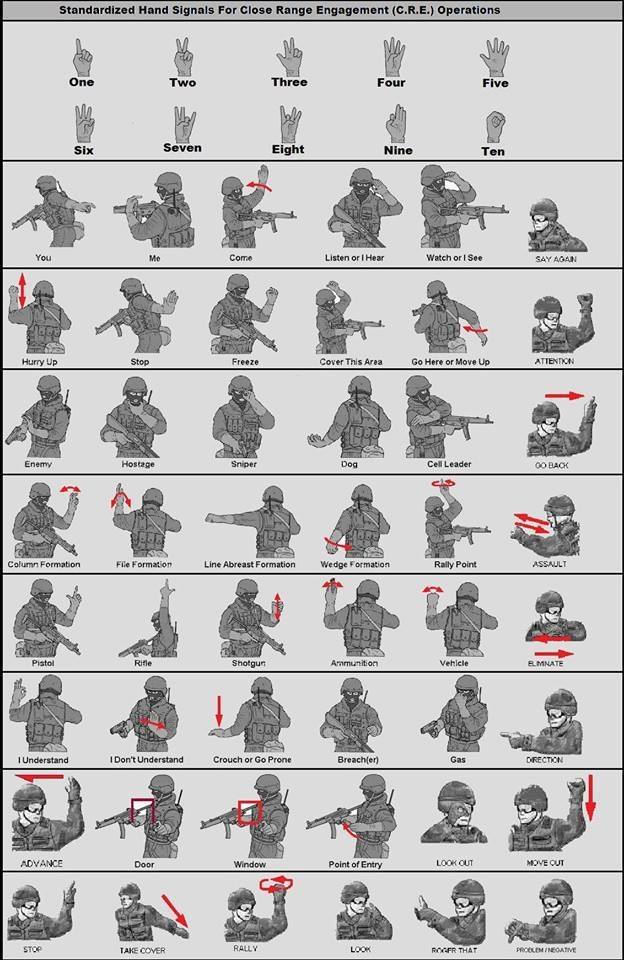
MORSE CODE: is one of the best forms of communication. Although the code itself is universal, the language you use is not. If anyone intercepts a message of “frog legs” they probably won’t know that the meaning might be to stay away from the pond, it has been compromised. The messages can be transmitted over airways, by light signals, or even in writing, or in the arrangements of rocks and sticks along a path. The real disadvantage of Morse is the level of difficulty. Learning the code is not for the faint of heart, or the memory impaired. I recommend creating short acronyms and memorizing them. BLB=bug out location B. NGC= no go, the area has been compromised etc.

SMOKE SIGNALS: can be a good way to advertise your location, if that is what you want to do. The color of the smoke, and the frequency and pattern of puffs can also be used to relay messages, but again, this only works if you don’t mind letting everyone know where you are.
COLORS: such as flags, can be used in lieu of hand signals when traveling in formation. Ribbons, paint, and chalk can be used to mark trees, buildings, or other landmarks as needed. Marking bags and gear by color can also be useful in case you quickly have to decide what to grab.
ANIMAL CALLS: are an alternative that can work well in a rural setting. Invaders may mistake them for the real thing, and/or be unfamiliar to the patterns of the native animal calls. In this manner you can effectively send basic messages across hostile territory without detection. Be sure your pattern is different enough from native species that you don’t misinterpret a real duck call as a message from your other party.
BOOBY TRAPS: that alert you to intruders are always a good idea. Some can be set up in such a way as to be widely seen. I’ve read of people who attach a charge to their trip wires that can set off a small firework. Marauders do not always have the intention of a hostile takeover, and there may be other bands of unpleasant characters wandering the area. Now everyone knows the location of the prowler. If you are forced to camp out and build a fire, keeping some black powder and smoke bombs on your person can be helpful. If your camp is ambushed, quickly throwing both into the fire creates a wall of smoke and flares, thus producing a useful diversion as well as an audible distress signal.
GRAFFITI: is a common sight in most urban areas, as it has long been used by misfits and gangs for marking territory (hence the name “tagging”). Knowing the meanings of certain tags can be useful. Having symbols of your own is also beneficial. In a situation where graffiti is popping up everywhere, a simple character hidden in a midst of urban art can communicate to the others in your party. Avoid using words or marks that are too obvious or easily counterfeited to avoid being led into a trap by imposters.
HOBO CODE: is the simple pictographs etched into old telephone poles and drawn on buildings and railroad ties that vagrants who hopped trains utilized to identify if there were camps nearby or known friendlies/hostiles in the area. Many train station museums have examples of these signs and their meanings. Not many people are familiar with it, giving it a certain appeal. If you do attract actual wanderers, be sure you are set to deal with either hostility or recruiting them into your ranks. This is a possibility for those who have a loose association with other preppers and are only interested in full collaboration during an invasion or other ‘worst case scenario’. If you have such a set of connections, than learning this code will help these smaller cells find each other and form a more cohesive resistance.
RENDEZVOUS: points or another plan of action for when contact is lost should be a central element of all communication plans. Everyone in your group (be it your family or your entire neighborhood) needs to know how to reach one another in an emergency, what the signal or code means, and what to do if they lose contact. Practice makes perfect.
This is only a preliminary list, and is not meant to be all inclusive. It is important to assess your individual circumstances when developing your plan. Take into consideration which methods you have easy access to and can rely on.
Happy Prepping!


